It’s. Game. Day.
Thanks to everyone who used the Gameday on Rocky Top Expected Win Total Machine to make their picks for the season. Heading into tonight, here’s how Tennessee fans are feeling on the year:
Total Expected Wins: 6.74
Game-by-game probabilities:
| Bowling Green | 95.1% |
| Pittsburgh | 58.4% |
| Tennessee Tech | 97.5% |
| at Florida | 23.9% |
| at Missouri | 45.8% |
| South Carolina | 63.8% |
| Ole Miss | 44.2% |
| at Alabama | 5.7% |
| at Kentucky | 49.8% |
| Georgia | 15.6% |
| South Alabama | 91.6% |
| Vanderbilt | 82.1% |
Previous Week 1 Expected Win Totals
- 2020: 5.7 (10 game schedule)
- 2019: 7.2
- 2018: 6.65
- 2017: 7.94
So in the four years we’ve done this exercise, we’ve got a pair of seasons featuring about half as many wins as we originally thought, a healthy miss just by wins and losses in 2018, and one year we got right in August (but wrong in September and October). But thanks in part to Tennessee’s schedule, the 2021 Vols project to have more wins than two of the last three seasons in Week 1, despite all the continued craziness.
The real fun, of course, is projected wins in those toss-up games. We project Tennessee to win 1.982 games out of Pittsburgh, Missouri, Ole Miss, and Kentucky. Throw South Carolina in that mix, and we project 2.62 wins in the five game run closest to the pin. From preseason, this feels like the narrative: you’ve got three non-conference wins plus Vanderbilt on the schedule, and South Carolina might end up in the same category. So get one of Pitt, Mizzou, Ole Miss, and Kentucky, and you’re bowl eligible. Get two, and you’re 7-5. This is, in part, the value of this exercise with the win total machine: if just assigning a win or a loss to each game, fans would lean, even if ever so slightly, toward an L against Missouri, Ole Miss, and Kentucky. But in reality, the expected win totals show fans easily believe Tennessee will get at least one win in there.
You never know with these things: in Week 1 last year we thought having Arkansas on the schedule would be a godsend, and it turned out not so much. After losing to Georgia State, BYU, and Florida our 2019 win total machine ran in the 2’s for a minute. Part of the fun is tracking progress.
But as every season indeed tells a story, there is perhaps a little more room to be pleasantly surprised by this one. It’s possible, starting today.
We’ll run this back every Monday morning, enough time to avoid immediate post-game overreactions, and track the needle throughout the season. Thanks, as always, for being along for the ride.
Enjoy the year. Enjoy the day. Go Vols.
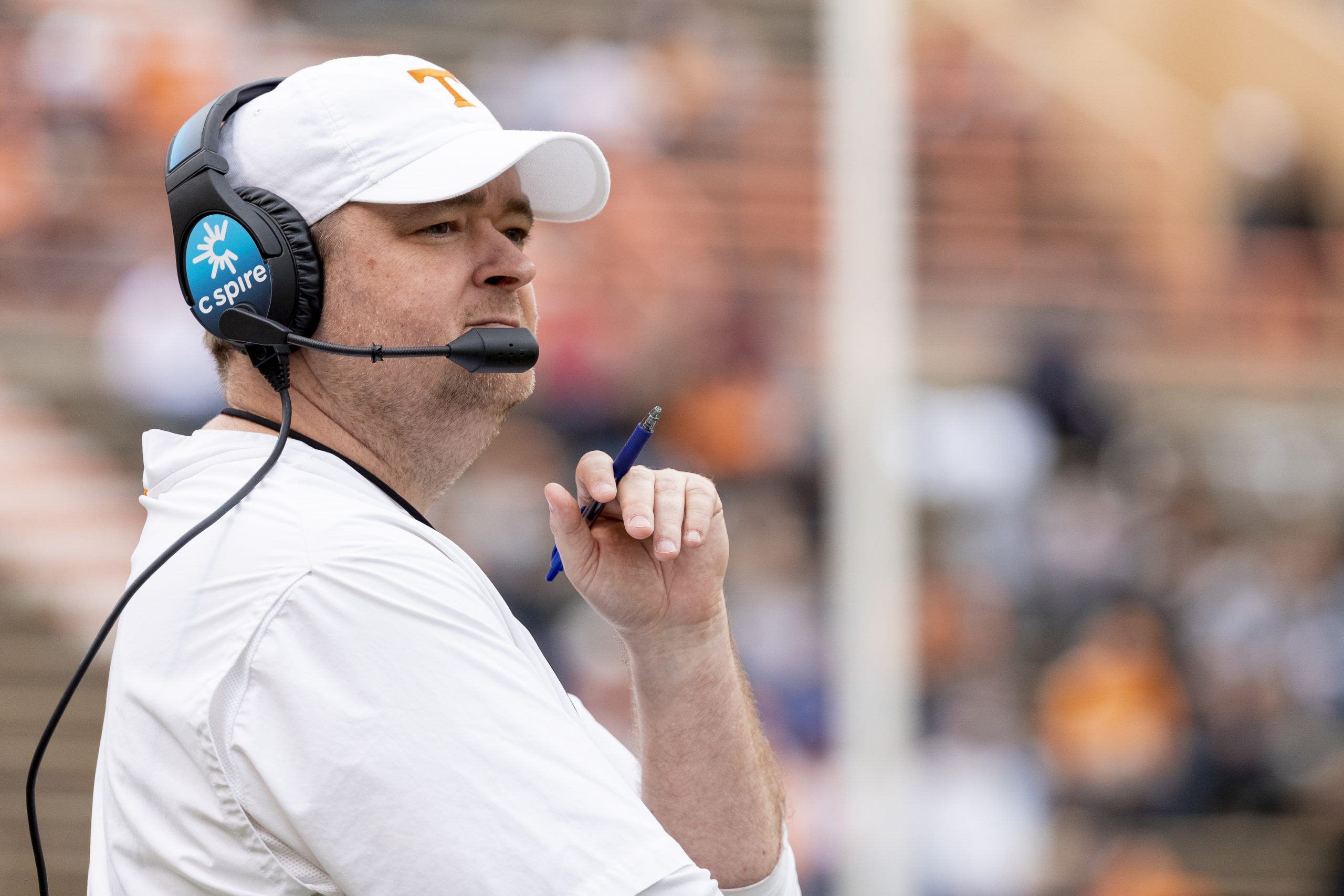
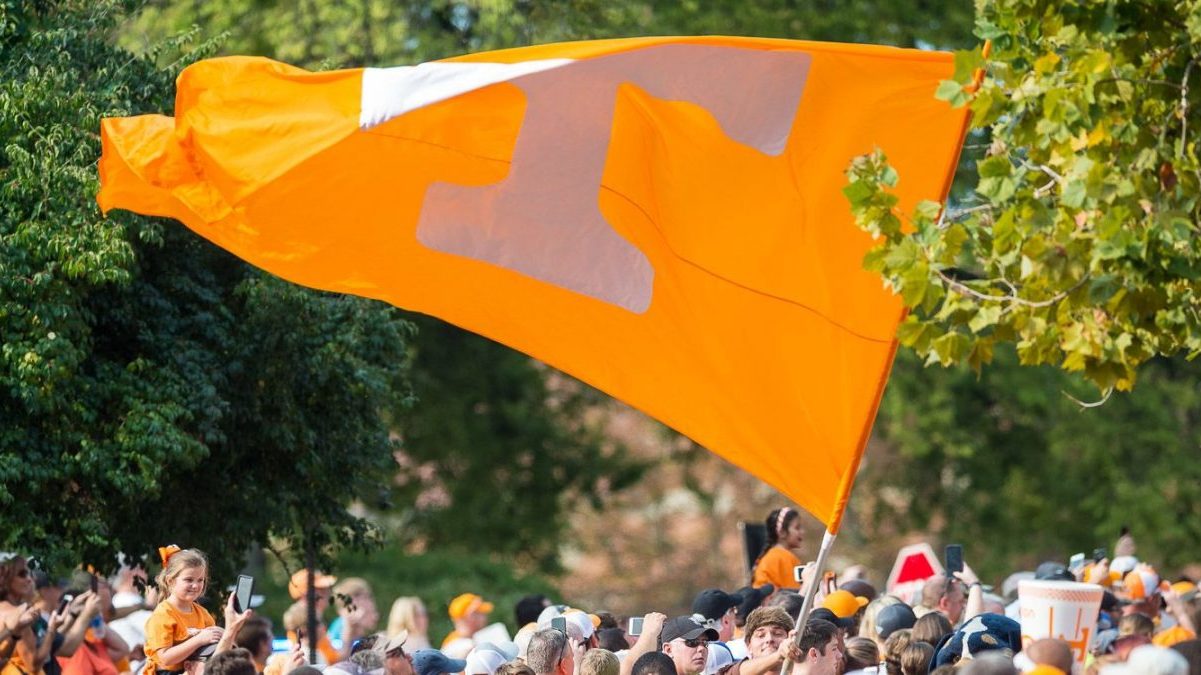

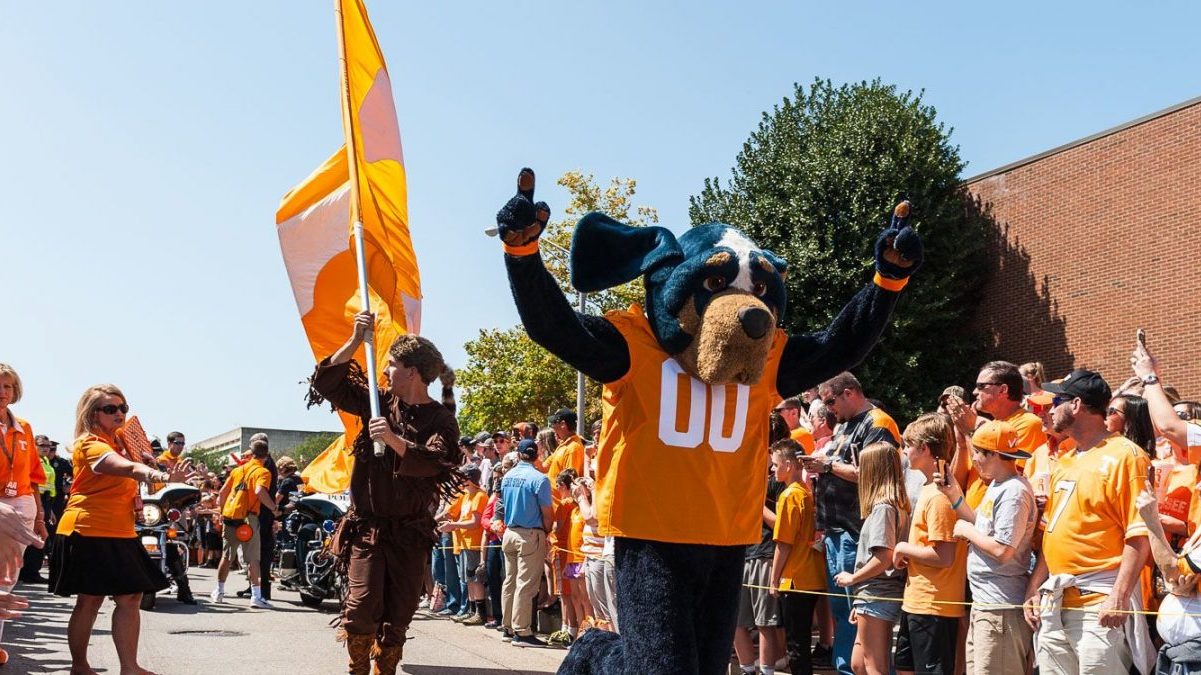


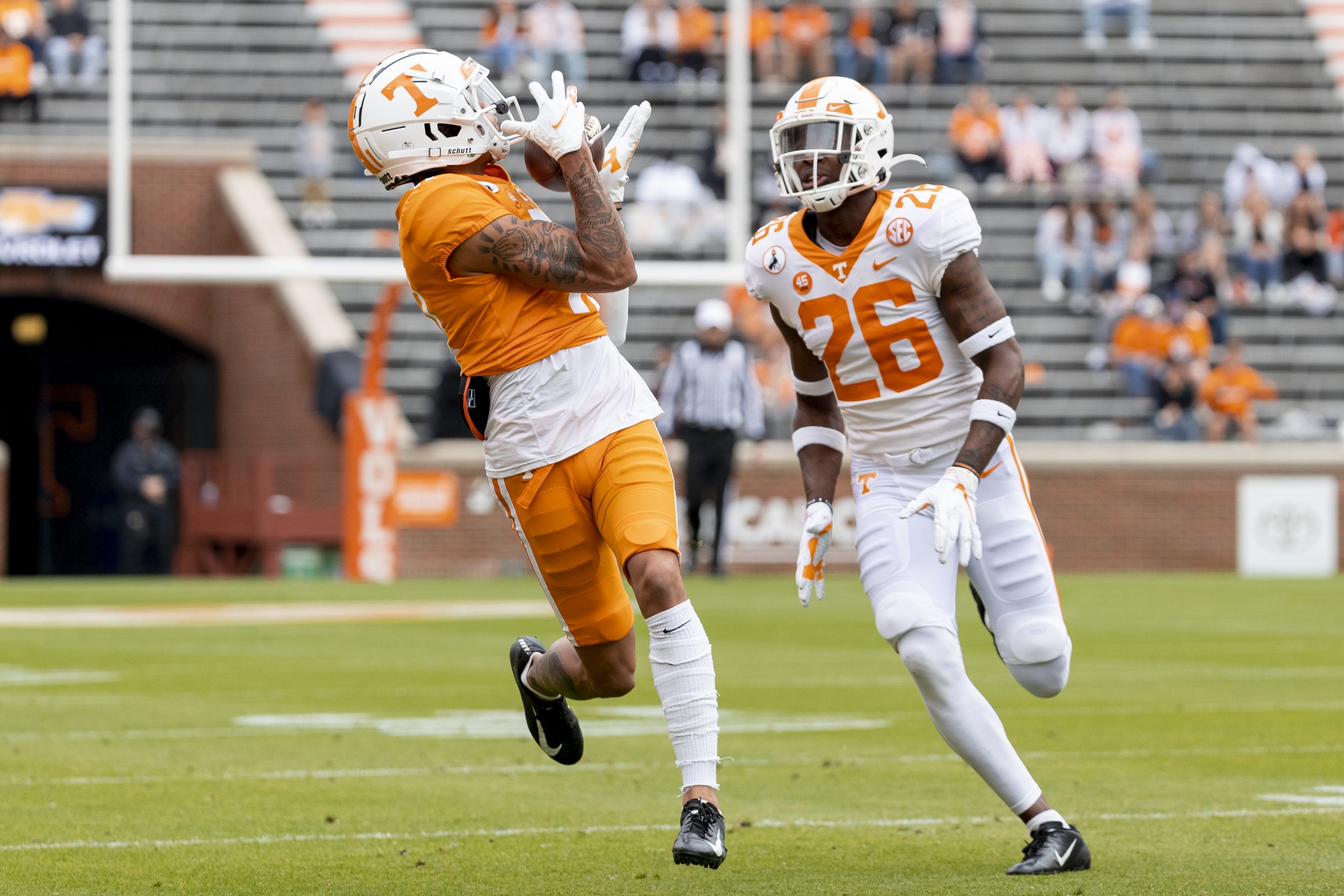
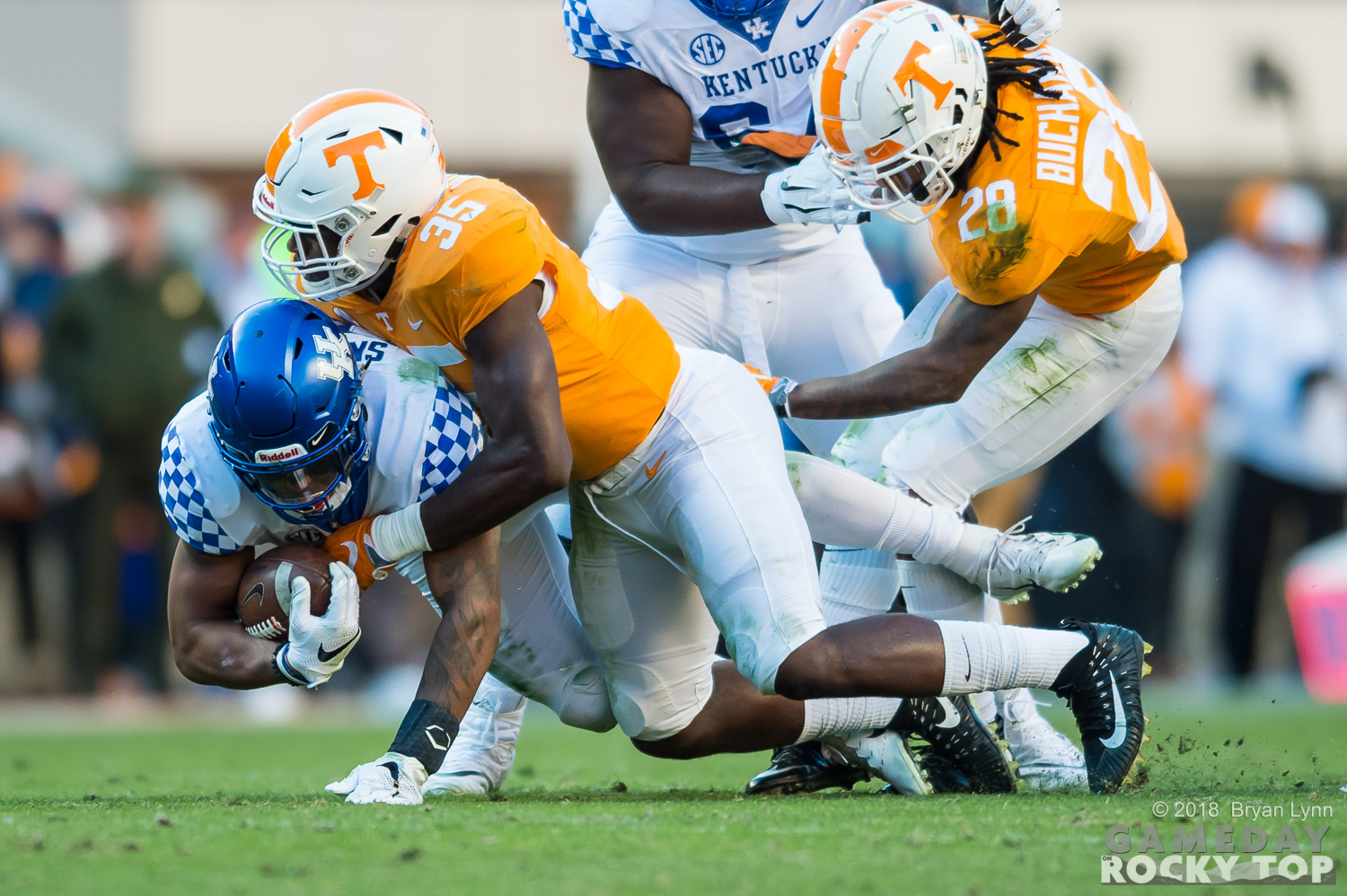

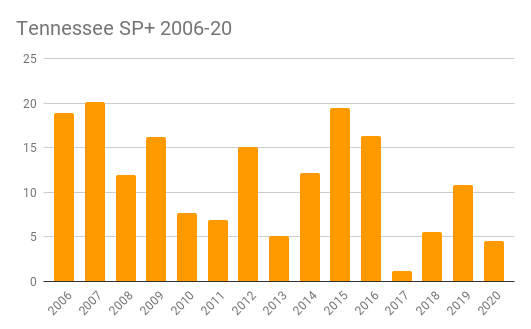
You must be logged in to post a comment.